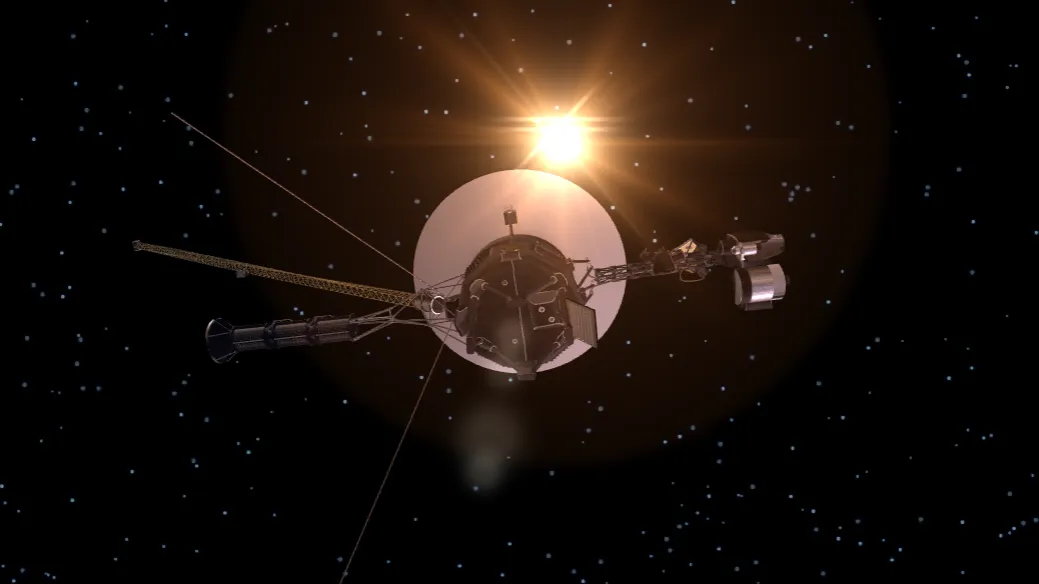I was once sitting with my father while Googling how far away various things in the are from Earth. He was looking for exact numbers, and very obviously grew more invested with each new figure I shouted out. I was thrilled.
The moon? On average, 238,855 miles (384,400 kilometers) away. The ? Bump that up to about a million miles (1,609,344 km) away. The sun? 93 million miles (149,668,992 km) away.

? 2.8 miles (4.5 billion km) away.
"Well, wait until you hear about Voyager 1," I eventually said, assuming he was aware of what was coming. He was not. "NASA's interstellar spacecraft actually isn't even in the solar system anymore," I announced.
"Nope, it's more than 15 billion miles (24 billion km) — and it's getting even farther as we speak." I can't quite remember his response, but I do indeed recall an expression of sheer disbelief. There were immediate inquiries about how that's even physically possible.
There were bewildered laughs, different ways of saying "wow," and mostly, there was a contagious sense of awe. And just like that, a new Voyager 1 fan was born. It is easy to see why Voyager 1 is among the most beloved robotic space explorers we have — and it is thus easy to understand why so many people felt a pang to their hearts several months ago, when Voyager 1 stopped talking to us.
For reasons unknown at the time, this spacecraft began sending back gibberish in place of the neatly organized and data-rich 0's and 1's it had been providing since its . It was this cla.
















